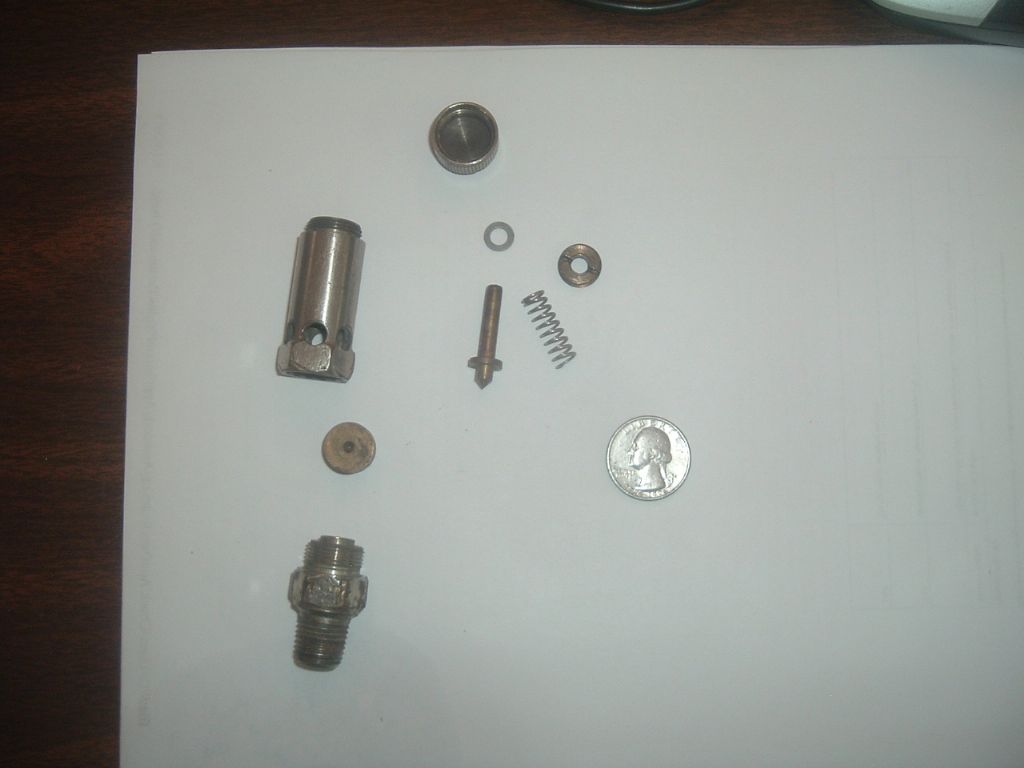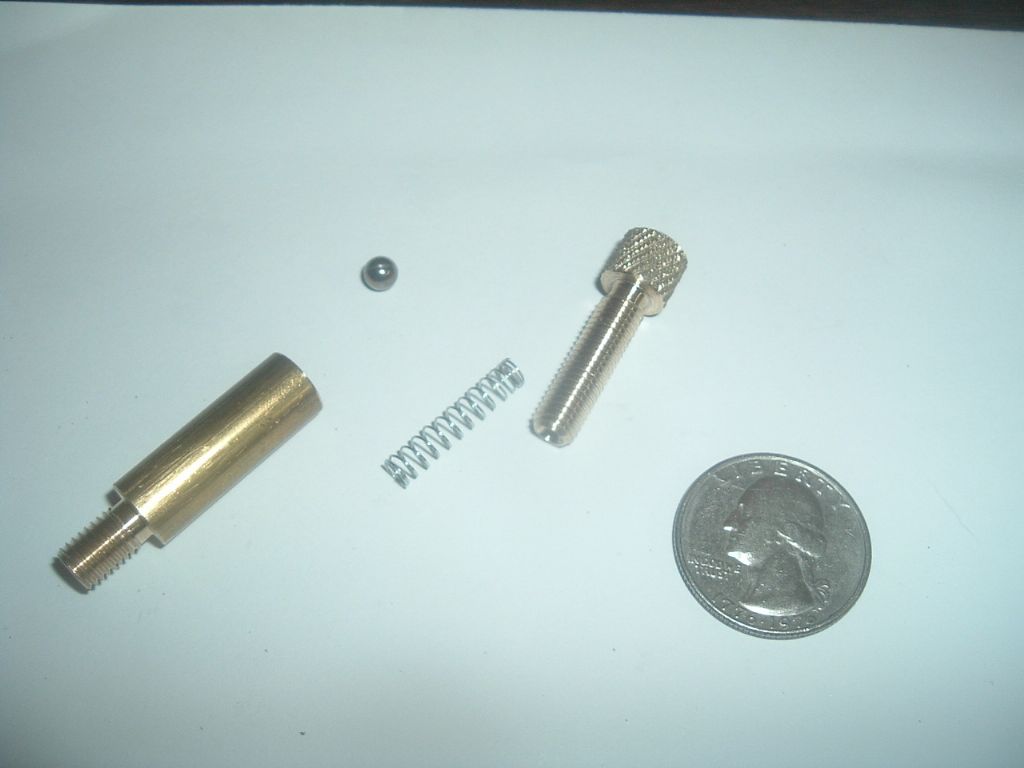Boiler terminology
Boiler terminology
- This topic has 16 replies, 8 voices, and was last updated 15 September 2018 at 22:13 by
FMES.
Viewing 17 posts - 1 through 17 (of 17 total)
Viewing 17 posts - 1 through 17 (of 17 total)
- Please log in to reply to this topic. Registering is free and easy using the links on the menu at the top of this page.
Latest Replies
Viewing 25 topics - 1 through 25 (of 25 total)
-
- Topic
- Voices
- Last Post
Viewing 25 topics - 1 through 25 (of 25 total)
Latest Issue
Newsletter Sign-up
Latest Replies
- Clock gear cutting needed or advice in setting up from scratch.
- Simple chuck/faceplate threaded mount for mill table
- smokeless cutting oil
- Model Engine running just off a naked flame
- Plain bearing speeds
- Foru-Way Toolpost Question
- Amadeal lathes – Any good??
- Boxford STS 10 30 weights
- Recycling UK
- Bridgeport ways and wear







